Top Things to Know Before Buying Popular Houseplants
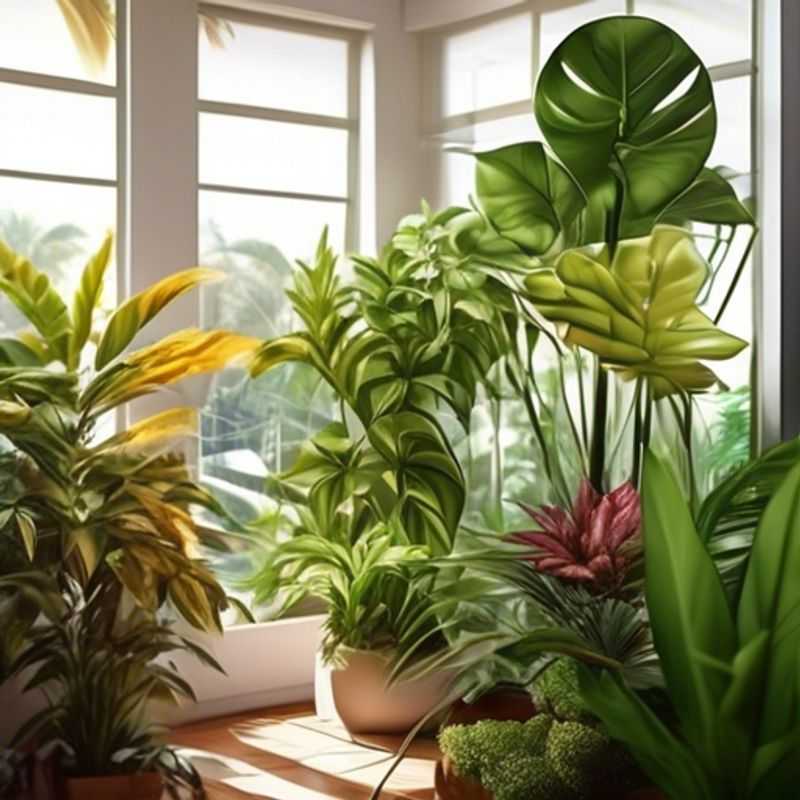
Top Things to Know Before Buying Popular Houseplants: Research Care Requirements, Lighting, Space, Watering Needs, Pests, Soil, Growth Rate
Bringing a bit of nature indoors is a fantastic way to brighten up your space and improve your well-being, but choosing the right houseplants can be a journey in itself. Don't worry, a bit of preparation can go a long way. Before you head to the garden center, consider these essential tips to ensure your leafy companions thrive in your home.
Research the specific care requirements for the houseplant species you're interested in.
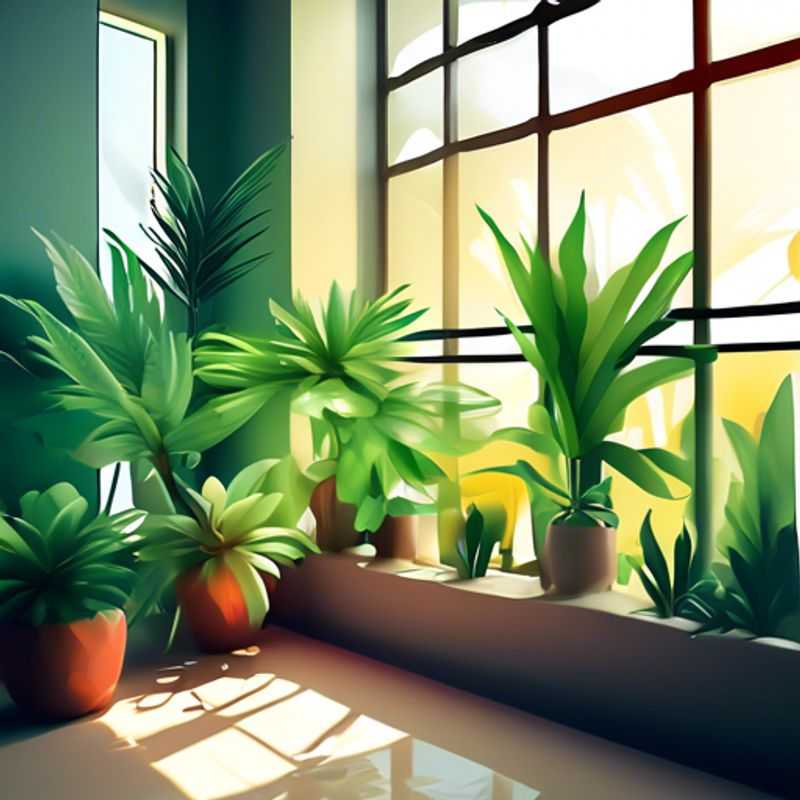
Unlocking the Secrets to Happy Houseplants: Researching Species-Specific Care
Before bringing a new houseplant home, it's crucial to research its specific care requirements. This ensures a thriving plant and avoids disappointment. Understanding a plant's needs is essential for its long-term health. Here are a few key factors to consider:
Light: The amount of light your plant needs is paramount. Plants can be categorized as needing low, medium, or bright light. Knowing this will help determine the best location in your home for your new green friend.
Watering: Excessive watering can be as detrimental as under-watering. Learn how often to water your plant, and ensure the soil has time to dry out between waterings. The best approach is often to test the soil moisture before watering.
Humidity: Some plants thrive in humid environments, while others prefer drier conditions. You may need to consider using a humidifier or pebble trays to increase humidity for certain plants.
Temperature: Different plants have different temperature tolerances. Avoid placing your plant near drafts or heat sources. Research the ideal temperature range for your chosen plant.
Fertilizer: Plants require nutrients to grow. Use a balanced fertilizer specifically designed for houseplants, following the label's instructions carefully. Over-fertilizing can damage your plant.
Repotting: Eventually, your plant will outgrow its pot. Repotting into a larger container provides more space for root growth and allows the plant to flourish.
Pests and Diseases: Be aware of common pests and diseases that can affect your chosen plant. Early detection and treatment can help prevent serious problems.
By understanding these basic care requirements, you can create an ideal environment for your houseplants, fostering their growth and enjoying their beauty for years to come. Remember, research is key to successful plant parenting!
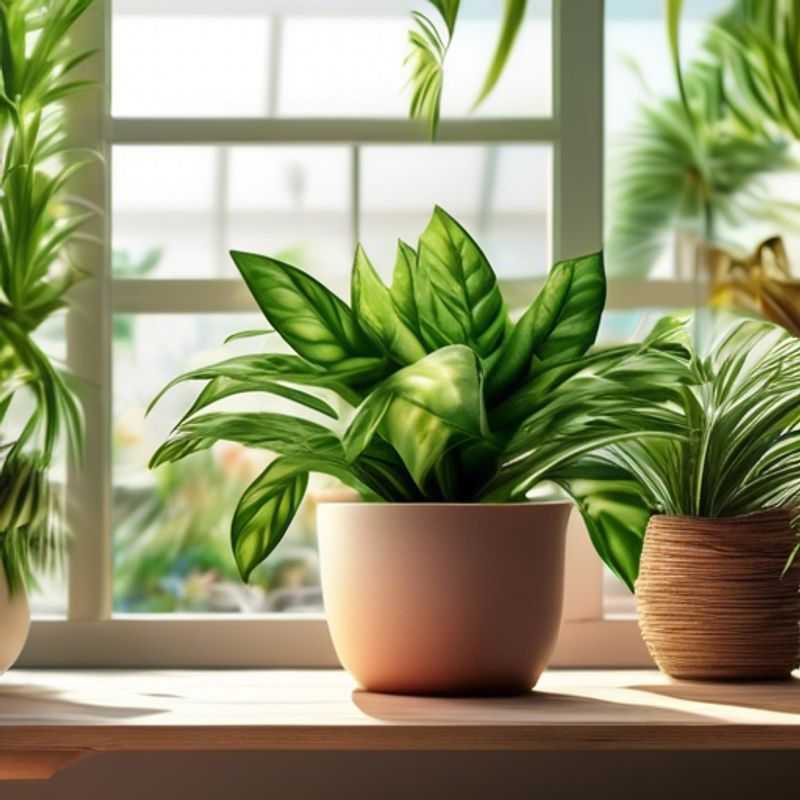
Light Up Your Life: Choosing the Perfect Spot for Your Plants
Light is crucial for plant growth, and understanding the lighting conditions in your chosen location is a fundamental step in successful plant care. Different plants have diverse light requirements, with some thriving in bright, direct sunlight, while others prefer shade. Choose a location that aligns with the plant's specific needs.
For instance, plants like succulents and cacti adore bright, direct sunlight, often requiring at least 6 hours of sunshine daily. On the other hand, ferns and orchids thrive in indirect, filtered light, avoiding the harshness of direct sunlight. Consider the amount of sunlight your chosen location receives throughout the day, factoring in seasonal variations.
When assessing the lighting conditions, consider the presence of obstructions like trees or buildings that might cast shadows. Analyze the direction the windows face, as east-facing windows offer morning sun, west-facing windows provide afternoon light, and south-facing windows receive the most sunlight throughout the day. These factors play a significant role in determining the amount and intensity of light your plants will receive.
You can also use tools like a light meter to quantify the light intensity in your chosen location. This provides precise measurements, aiding in selecting plants suited to the available light conditions. Understanding the interplay between plant requirements and the lighting conditions in your home ensures their healthy growth and flourishing.
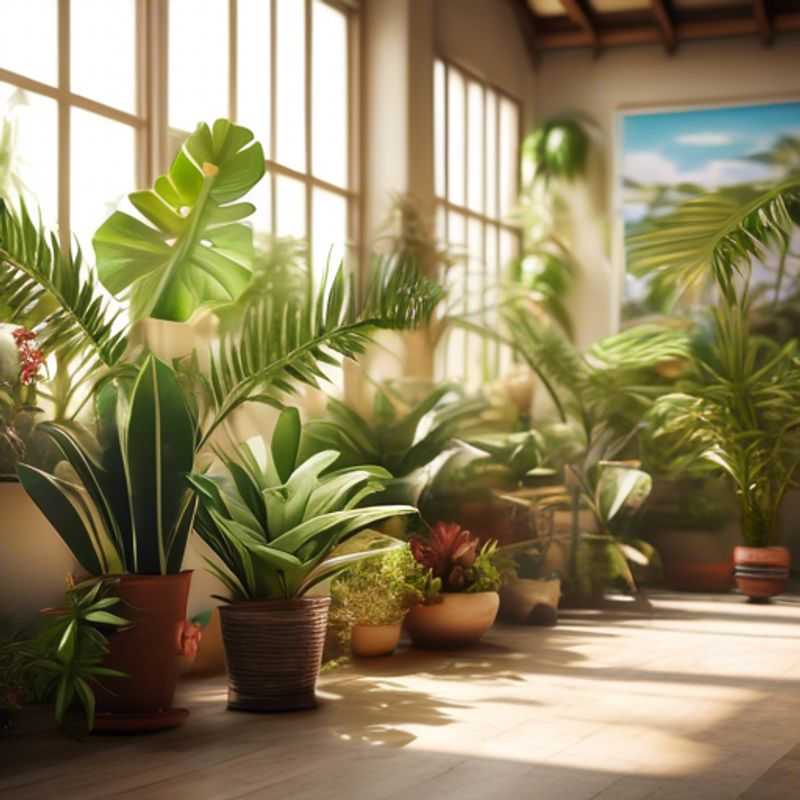
Measure Twice, Plant Once: Ensuring Your Green Friend Has Room to Grow
Before bringing a new plant home, it’s important to measure the available space to ensure it will fit comfortably. This involves considering the plant's mature size, including its height, width, and depth, as well as the available light and humidity conditions. You can measure the space with a measuring tape or use a plant-specific app for a more precise estimate. It’s also a good idea to research the plant’s specific needs before purchasing it. For example, some plants require a lot of sunlight, while others thrive in shaded areas. It’s important to ensure that the plant’s needs align with the available environment in your home to prevent issues such as stunted growth or disease.
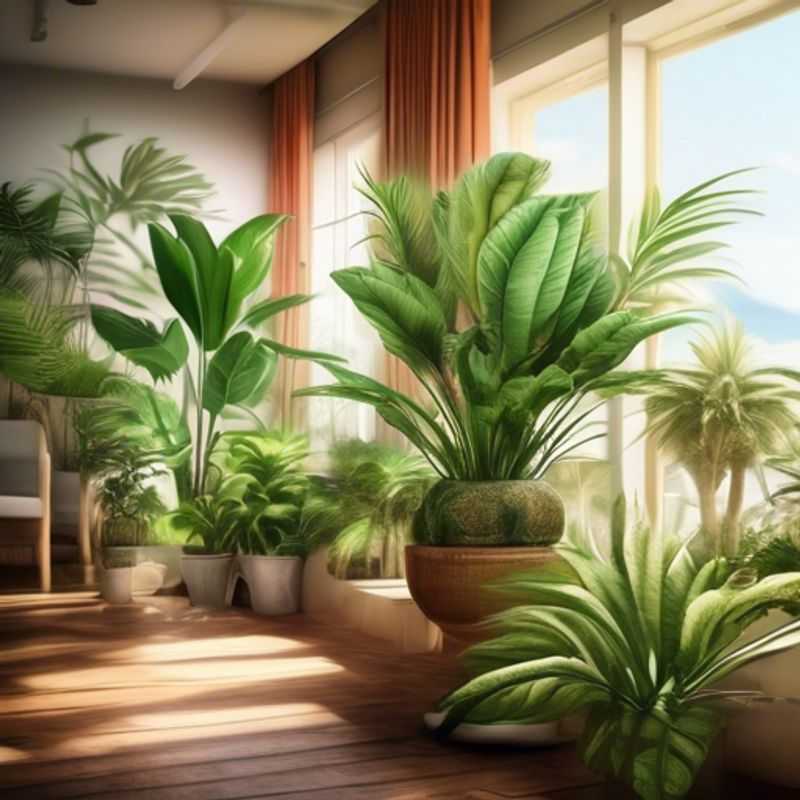
Decoding Your Plants' Thirst: Understanding Watering Needs and Adjusting Your Schedule
Watering your plants effectively is a crucial aspect of gardening, ensuring their health and vitality. Understanding the specific watering needs of each plant is essential for successful cultivation.
Different plant species have varying water requirements. Some plants prefer moist soil, while others thrive in drier conditions. Factors like soil type, climate, and plant age also influence watering needs. Overwatering can lead to root rot, while underwatering can cause wilting and stunted growth.
To determine the optimal watering schedule, observe your plants closely for signs of thirst or excess moisture. Dry, brittle leaves indicate a need for water, while yellowing leaves and drooping stems suggest overwatering. Checking soil moisture with your finger is another helpful method.
Adjust your watering schedule based on the prevailing weather conditions. During hot, dry periods, plants need more frequent watering. Conversely, during cool, rainy seasons, watering frequency can be reduced. Consider using a watering can, hose, or drip irrigation systems to deliver water efficiently.
Consistent watering practices are crucial. Irregular watering can stress plants, leading to weakened growth and susceptibility to diseases. Aim to provide adequate water at consistent intervals, ensuring that the soil is sufficiently moist but not waterlogged. Regularly assess your plants and adjust watering schedules as needed, considering their specific needs and environmental factors.
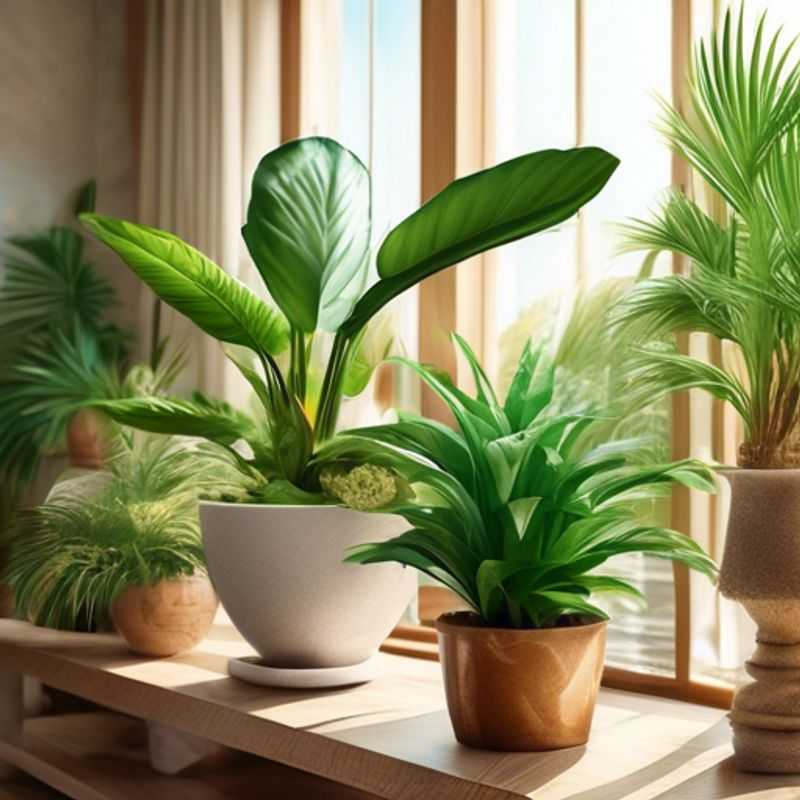
Spotting Trouble: Inspecting Plants for Pests and Diseases Before You Buy
Before making a purchase, especially for plants or agricultural products, it is crucial to check for signs of pests or diseases. This practice helps ensure that you are not introducing harmful organisms into your garden or home. Look for visible signs such as discoloration, wilting, or unusual spots on leaves, as these may indicate underlying issues. Additionally, inspect the soil for any signs of pests, like small insects or larvae.
It’s also wise to research the specific plant species you are considering, as some may be more susceptible to certain diseases. When purchasing from a nursery or store, don’t hesitate to ask the staff about the plant's health history. They should be able to provide information on any recent pest treatments or disease outbreaks.
In terms of costs, consider potential expenditures related to pest management, such as buying insecticides or fungicides if you discover problems after purchase. Additionally, if you need to return or replace a diseased plant, there may be associated transportation or handling fees.
Overall, being vigilant and proactive can save you time, money, and effort in maintaining a healthy garden or indoor plant collection. Always prioritize preventative measures and thorough inspections before finalizing any purchase.
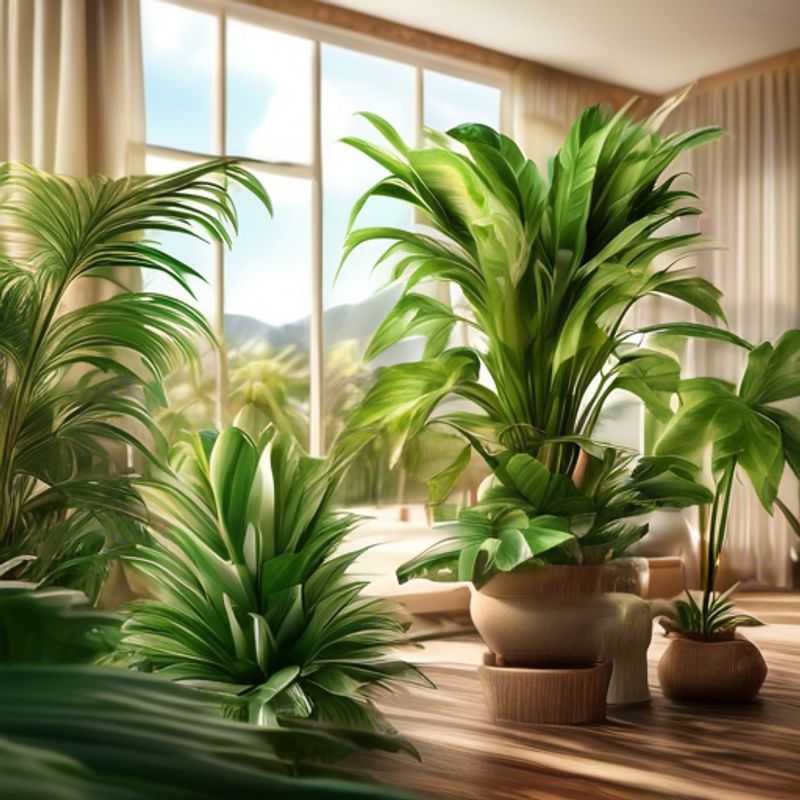
Unlocking the Secrets to Perfect Soil: A Guide to Potting Success for Your Plants
Choosing the right soil is crucial for a plant's health and growth. Understanding the plant's needs is the key to selecting the ideal soil type. Consider these factors:
Drainage: Well-drained soil prevents root rot. Porosity: Allows for good air circulation. Nutrient content: Provides essential nutrients for growth.
Potting mix is a pre-mixed blend, often designed for specific plant types. It usually contains a blend of ingredients like peat moss, vermiculite, perlite, and compost. Read the label carefully to choose a mix that suits your plant's requirements.
Repotting is necessary when the plant outgrows its current container. Choose a pot only slightly larger than the previous one to avoid over-watering. Repotting allows for fresh soil, promoting healthy growth.
Soil testing can provide valuable insights into your soil's composition, including pH level, nutrient content, and organic matter. Consult with a local nursery or garden center for soil testing services, or consider purchasing a home soil test kit.
While some soil amendments can improve soil conditions, consult a gardening expert or local nursery before applying any unfamiliar substances. They can provide personalized advice based on your plant's specific needs.
Maintaining healthy soil is vital for thriving plants. Consider practices like adding compost regularly, avoiding compaction, and watering appropriately to support healthy growth. Remember, healthy soil leads to healthy plants.
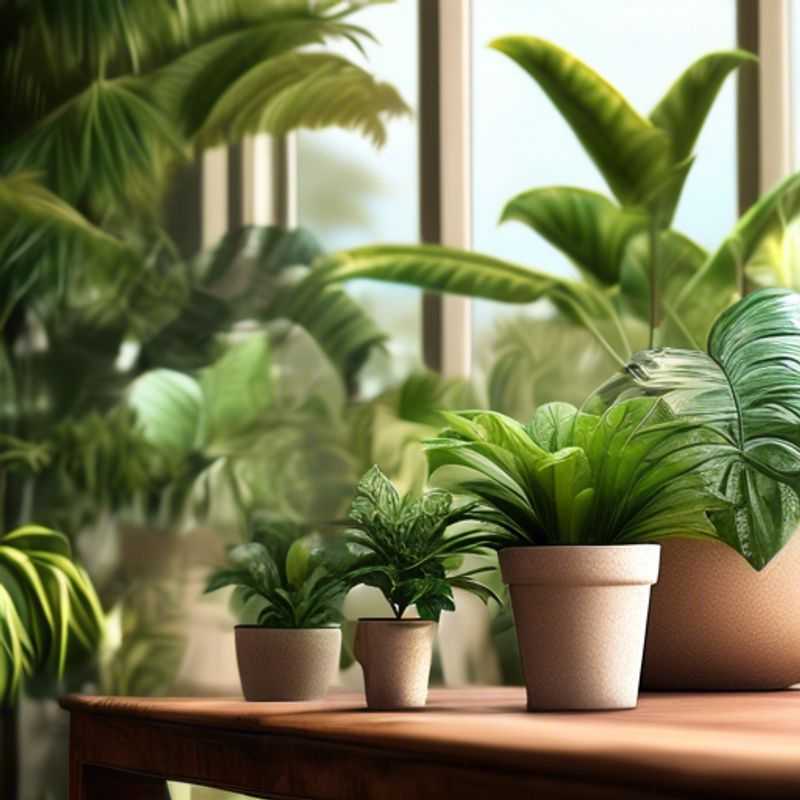
Factor in the Plant's Growth Rate and Plan for Future Repotting Needs
Repotting your plants is a necessary part of their care, but it can be tricky to know when the time is right. The best time to repot is when your plant is actively growing, which is usually during the spring or summer months. This is because they will be able to recover more quickly from the stress of being repotted. If you repot your plants during the dormant season, they may be more susceptible to stress, and it might be difficult for them to recover.
The first step to planning for future repotting needs is to determine how quickly your plant grows. Some plants grow very quickly, while others grow more slowly. This will determine how often you will need to repot them. If your plant is in a pot that is too small, it will start to show signs of stress, such as stunted growth, yellowing leaves, and wilting. You can repot the plant into a larger pot or you can use a different growing media that will support the plants continued growth.
Once you know how quickly your plant grows, you can plan for future repotting needs. It is a good idea to repot your plants every year or two, depending on their growth rate. You may also need to repot them sooner if they are rootbound, meaning the roots have filled the entire pot and are starting to circle around the inside. This will prevent the plant from growing and can cause other problems, like poor drainage.
When repotting your plants, it is important to use the right size pot. The new pot should be only slightly larger than the old pot, or else the plant may become rootbound before it has a chance to fill the new pot. You should also use the right type of potting mix for your plant. Some plants need a specific type of potting mix, such as cacti or succulents, which require a well-draining mix. It is recommended to use a potting mix that is specifically formulated for the type of plant you have.
